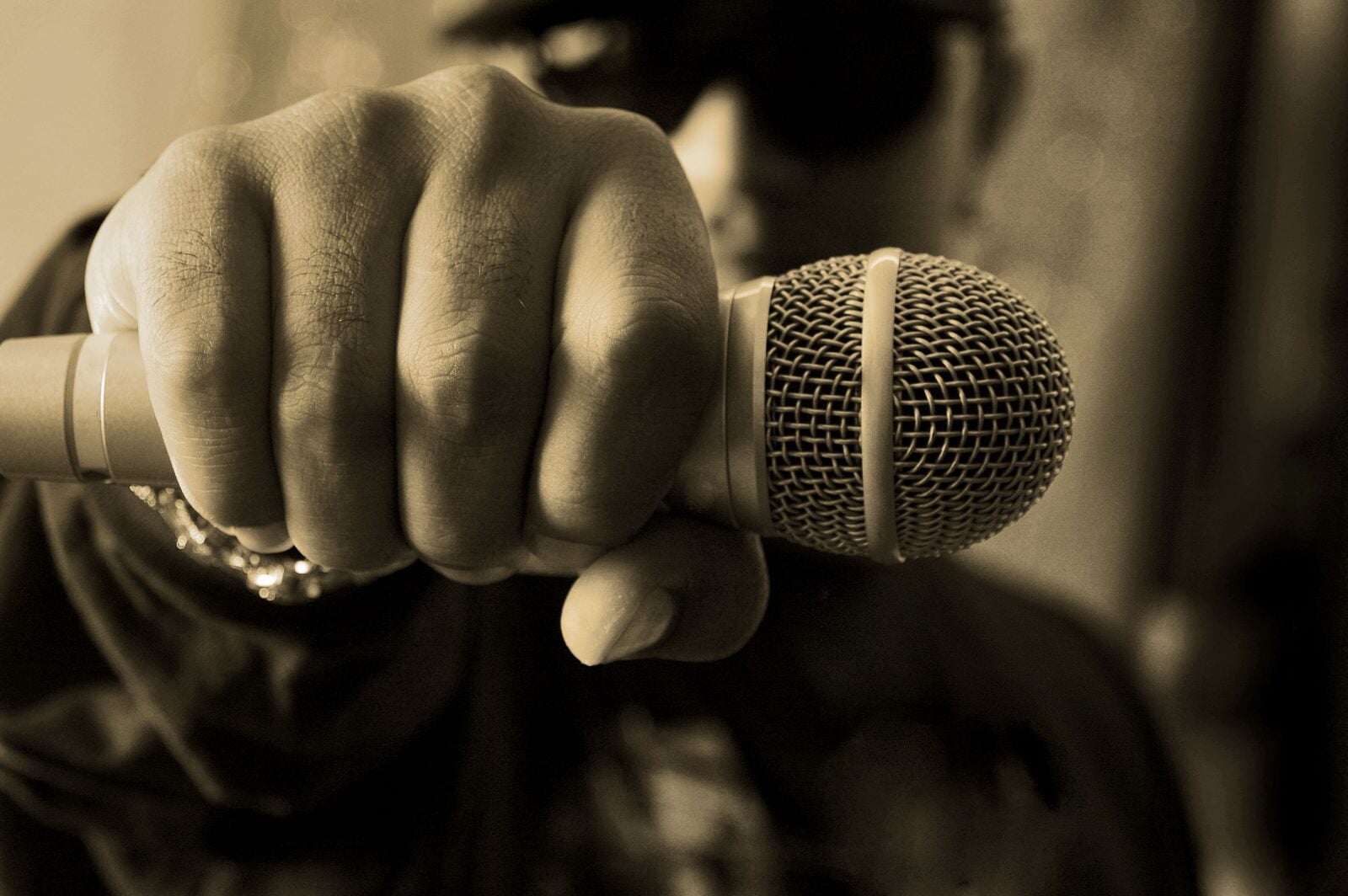From the street corner to the world stage, hip hop has grown into one of the world’s most prominent musical genres and cultural influences. Let's explore significant events in hip hop history and its explosive evolution.
Hip Hop Culture Origins
Originated in the Bronx District of New York City in 1973, the Bronx District was the most famous slum area in the United States at that time. Why did the Bronx become a well-known slum area? This starts with the industrialization tide and the two world wars. African Americans continue to seek economic opportunities from the southern countryside to the northern cities. By 1970, more than 80% of black Americans had become urban residents. Due to the existence of racial discrimination, the arrival of the huge black population prompted the white middle class to move to the suburbs one after another, and the two formed a de facto separation of residence. The migration of whites directly led to the transfer of high-quality educational resources, industry and commerce to the suburbs, while the quality of teaching in urban centers where blacks gathered continued to deteriorate, and the dropout rate, poverty rate, and crime rate also soared. A typical black slum was born. The historical background that gave birth to HIP-HOP culture.

In such an area full of crime, drugs, and gang fights, people can’t find jobs and don’t have enough money to study. Black teenagers do nothing all day long. The most entertainment items are singing and dancing, playing street basketball, etc. Due to the unique musical talent and physical flexibility of the black people, their unique form of singing and dancing is formed. The main way of activities is to carry the old-fashioned tape recorder to their entertainment venues for entertainment. They have no money to buy clothes, so they can only wear their parents' clothes, which are more than one size larger than their bodies, so they have formed their unique Costume culture.
In fact, the four major elements of hip-hop culture that are well-known today all have a great relationship with street gangs.
Graffiti was originally used to show one's own possession of possessions on the opponent's territory.
Break dancing is a "dancing fight" performed by the gang before the "fighting"; dance fights require a strong sense of rhythm in the background music, so DJ (Disc jocky) on-site DJing is essential.
Improvised rap (MC/rap) uses songs to express positions and attack opponents. Of course, they didn't understand the concept of hip hop at all at the time. This was a way for them to express themselves to their heart's content.
Founder of Hip Hop Culture---Kool Herc
In this slum, there is a Jamaican immigrant-Kool Herc, he is a DJ. He often held "music parties" at home, playing some jazz, R&B, and funk music. As Herc's music is closer to the real life of the people in the slums and is deeply loved by the local residents, his parties are becoming more and more popular. So he decided to move the party outdoors to get more people involved. In the party, he created the original method of using two turntables to repeatedly play the wonderful break from the same record, so that the party atmosphere was always maintained at a climax. Since then, Kool Herc became a famous DJ in the Bronx. The magic operation of Kool Herc attracted the attention of another DJ Grandmaster Flash. After that, Grandmaster Flash began to study music playback technology, innovating technologies such as scratching and fast mixing, adding joysticks, smoothing converters and other devices to make DJs become Become a highly skilled profession. As the operation of the DJ became more and more complicated, and there was no time to communicate with the audience, the MC who was responsible for active atmosphere was derived.
At a party, Kool Herc spotted a few young people dancing special dances. They always waited until the music break appeared to start. After a dazzling series of acrobatic footsteps, they suddenly freeze at the end of the break. Kool Herc was amazed and called these young people break boys, later referred to as B-boys. This is also the origin of hip-hop.
Party culture formed the embryonic form of Hiphop. It seems that young people have found a new world and indulged in Hiphop. The government found that the proportion of black youths in the Bronx who were obsessed with hiphop participated in fights, drug abuse, and theft was much lower than those who were not obsessed with hiphop, so it supported the development of hiphop. In this way, hiphop culture gradually developed.
The Godfather of Hip Hop---Afrika Bambaataa
Among the many gangs in the Bronx, there is such a fresh and refined gang leader. The gang he leads is the largest gang in the district-the gang of spades. He is a very far-sighted person. He has a clear understanding of the form, responded to the government, and helped guide young people in the city away from gang violence.
In the end, the facts proved that he did a great job and laid a solid foundation for the birth of HIPHOP culture. In 1973, he founded Zulu Nation, hoping to transfer the anger and pressure of young people from gang fights to music and dance. A member of Zulu Nation, Love Bug Starski, invented the term "hiphop" and named his party with it. The organization successively issued the "15 Principles of Faith" and the "Hiphop Peace Declaration", He is the godfather of great hip-hop---Afrika Bambaataa.
In 1977, he organized various large-scale block parties with the famous DJ Kool Herk. Soon, this street party music and dance spread throughout New York through many immigrant communities. DJs, MCs, composers, rappers, graffiti, break dancers, and knowledge of the fifth element of hip hop are all combined into a cultural movement, collectively called hip hop.







